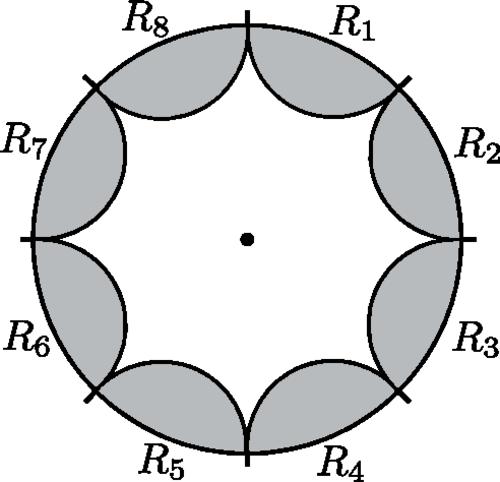
Credit: Harlow and Ooguri
A new study by a pair of researchers in the US and Japan has found that, when gravity is combined with quantum mechanics, symmetry is not possible.
“Many physicists believe that there must a beautiful set of laws in Nature and that one way to quantify the beauty is by symmetry. Some of the symmetries may be hidden in our world, but they should manifest themselves if we look at Nature at a more fundamental level. We showed that this expectation is wrong once we take into account the gravity,” said Hirosi Ooguri, Director of the Kavli Institute for the Physics and Mathematics of the Universe, and one of the paper authors.
There are four kinds of fundamental forces in Nature: electromagnetism, strong force, weak force, and gravity. Of the four, the gravity is the only one still unexplainable at the quantum level. Researchers believe the holographic principle is an important hint to combine the gravity and quantum mechanics successfully.
A hologram makes three-dimensional images pop out from a two-dimensional screen. Similarly, the holographic principle allows physicists to study gravitational systems by projecting them on a boundary that surrounds the entire Universe. The AdS/CFT (anti-de Sitter/conformal field theory) correspondence, developed in the late 1990s by Juan Maldacena, has been particularly useful because it gives a precise mathematical definition of the holographic principle.
In the paper published on May 17, Ooguri and Daniel Harlow, Assistant Professor at Massachusetts Institute of Technology, proved that symmetry is not possible in a gravitational theory if it obeys the holographic principle.
Previous work by Harlow and others had found a precise mathematical analogy between the holographic principle and quantum error correcting codes, which protects information in a quantum computer. In the new paper, Ooguri and Harlow showed such quantum error correcting codes are not compatible with any symmetry, meaning that symmetry would not be possible in quantum gravity.
Their result has several important consequences. In particular, it predicts that the protons are stable against decaying into other elementary particles, and that magnetic monopoles exist.
Details of their study were published in Physical Review Letters on May 17 and selected for Editor’s Suggestion “due to its particular importance, innovation, and broad appeal.”
###
Media Contact
Motoko Kakubayashi
[email protected]
Original Source
https:/
Related Journal Article
http://dx.




